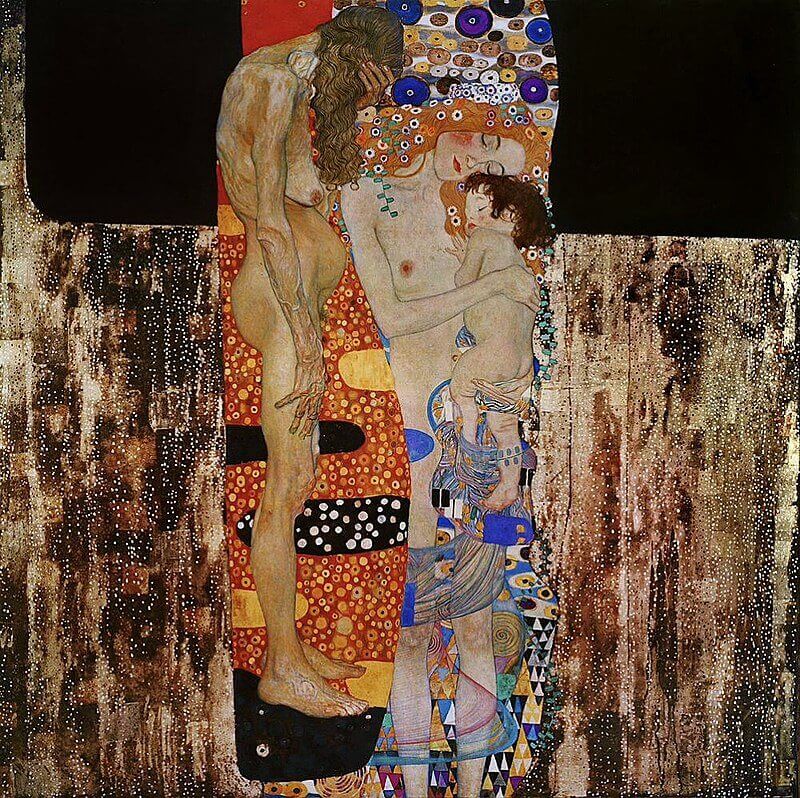“All women are thought of as either married or to be married.”
T.E. (most likely Thomas Edgar), The Law’s Resolutions of Women’s Rights (London, 1632) Fol. 6

Since ancient Greek times the “ages of men” has been explored and broken down into seven stages of life. The third stage, adolescence, of a man’s life was the only where sexuality, marriage and fatherhood were significant factors. Women, however, are generally not mentioned in the writing about the “ages of men” but the conceptualization of the “ages of women” are always centered around their relationship to men.
Women were further categorized as either a daughter and virgin, wife and mother, or a widow. This idea of a woman’s value being tied to a man meant that whomever she married determined her social and economic status which would in turn determine what her opportunities and lifestyle would be. For a woman, she didn’t need to love her husband, but she could only hope to at least be able to live a pleasant life with him free of abuse. It was difficult for a woman to be granted a divorce, thus, if she had an unpleasant marriage, the death of her husband was her only guaranteed means to be free of the covenant and she would then enter widowhood status which was the final stage of the “ages of women”. Now, if a woman were to remarry, she would then go back to the second stage of the “ages of women” which was the wife and mother category. So, it was thought that women only had these three stages of life which did coincide with her chronological age. The value that was placed on a man’s life was also one of the reasons that there was such an importance placed on birthing sons; men could live more freely with rights, whereas a woman’s purpose was to be “either married or to be married” …
But what happened if a women could not or chose not to get married?
In the sixteenth century the requirements of the dowry for middle- and upper-class women jumped. The inflation created a drop in the number of women who entered into marriage because their families simply could not afford the dowry that went along with it. Many of these women ended up enter the convents as the entrance fees for these institutions was much more affordable. Poor women however, generally entered the work force as domestic servants and never left.
By the seventeenth century the word “spinster” begins to be applied to unmarried women. Since these women lacked a male figure to spearhead their household they were viewed as a “bad woman” or “unnatural” for not fulfilling their womanly duties; thus, they were more likely to be subjected to societal suspicion of dabbling in witchcraft or demonology if anything in their town went wrong. According to Levack, this association may have been embraced by some spinsters because it would provide some level of protection for them as many community members would be afraid of the town witch, but if something went wrong trigging the community to break out into chaos these women would be the first targets which would put their life in grave danger.
As women entered the last phase, widowhood, the loss of her husband could mean drastic economic, social and possible financial changes. A widow (a term which wasn’t commonly used until the eighteenth century), was yet again categorized as either an ugly old crone, or sexually rapacious. Whatever category she found herself in, if she was ranked in a middle to lower social class she would likely become dependent on religious or public charity unless she was lucky enough to inherit money, property or her dowry. For upper class women, widowhood, could provide an opportunity for control over her children allowing her to determine the price of a dowry for her daughters or assist her sons to gain political influence with higher positions within the economic and social systems.
Women’s existence in the sixteenth and seventeenth centuries was a precarious one that certainly depended upon the men she was connected to. No matter which of the three “ages of women” a female found herself categorized in, she was faced with oppression and hardship.
Reference:
- Levack, Brian P. The Oxford Handbook of Witchcraft in Early Modern Europe and Colonial America. New York, NY: Oxford University Press, 2014. 24-25
- “The Three Ages of Woman, 1905 by Gustav Klimt.” Gustav Klimt Paintings, Biography, and Quotes, 1905. https://www.gustav-klimt.com/The-Three-Ages-Of-Woman.jsp#prettyPhoto.
- Wiesner, Merry E. Women and Gender in Early Modern Europe. Cambridge, United Kingdom: Cambridge University Press, 2019. 63-111.
